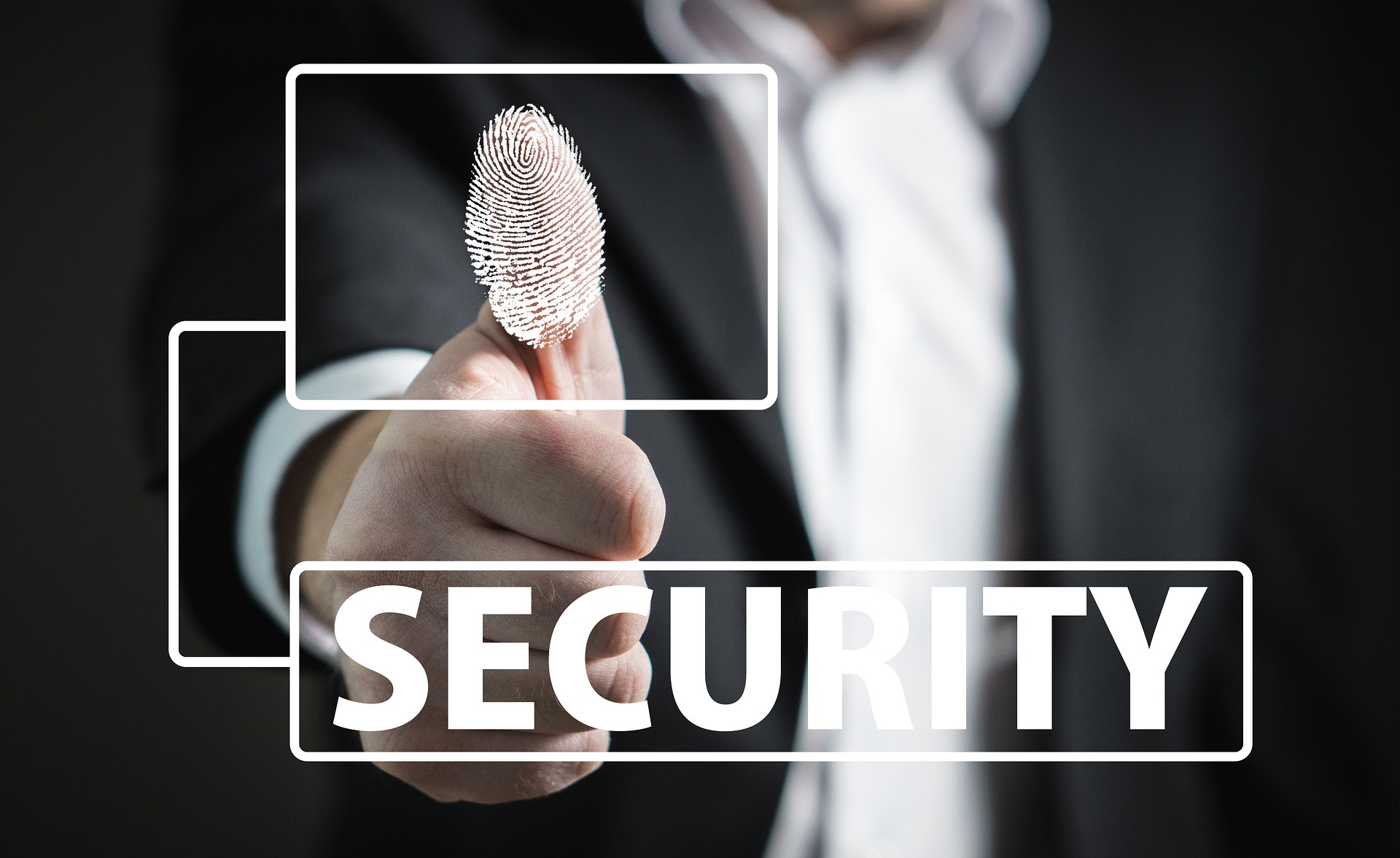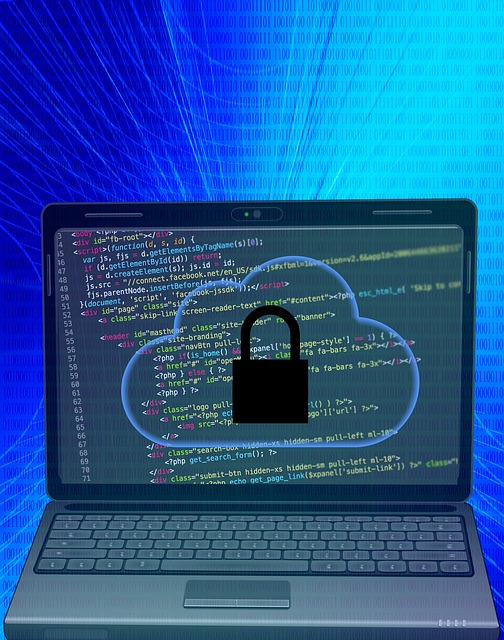Why Apply Security Controls
In the competitive business world, information is a precious resource that needs maximum protection. A secure information system is built on the foundation of eight essential pillars. These eight strategies are considered to be essential in protecting organizations against cybersecurity breaches.
Maturity Level
There are three maturity levels of this process. This assessment aids the organization’s ability to determine the current threat and how to improve the score.
The maturity levels are; maturity level one part shows the eight strategies, maturity level two mostly shows the eight strategies, and maturity level three fully shows the eight strategies.
The Eight Essential Maturity Model for Cybersecurity
Application controls intercept unapproved programs such as Window Script Host, PowerShell, and installers. These controls only block applications that potentially create a cybersecurity breach.
Patch Applications create a patch through other programs such as; Microsoft Office, Flash, and Java. Patch applications start for computers classifying extreme risk within 48 hours. Without the patch application, malicious codes can execute on a system.
Configuring Microsoft Office Macro Settings to block them from coming through from the internet. Only macro coming from a trusted source with a trusted certificate will allow access. Microsoft Office macros can deliver and apply malicious codes without configuring settings.
User Application Hardening can happen when configuring web browsers to block ads, Java, and Flash. Disabling unnecessary components on Microsoft Office, PDF viewers, and web browsers reduce the risk. Flash, Java, and ads are primary sources for obtaining malicious codes.
Restrict administrative privileges by allowing access to a user’s specific duties, and when those duties change, evaluate access. Reduction of access in administrative accounts reduces the number of accounts that can have a breach of information.
Patch Operating Systems, computers, and network devices within 48 hours of reporting as an extreme risk. Only use the latest operating version because using versions that are not supported will increase risk factors. Operating systems can undermine the system for security breaches.
Multi-factor authentication includes VPN, RDP, SSH, and remote access when performing a particular action. The stronger the authentication is, the more secure the system function will be against cyber attacks.
Daily backups are essential to ensure data is accurate in the event of a cyber breach of information. This backup includes new or changed data, software, and configuration settings switch.
Additional Information
The ISO 27001 is an international set of standards on managing informational security. The purpose of the criteria is to aid in the secure field of information of an organization. Once the requirements pass, the organization can achieve certification after a successful audit. This process is part of the Best Practice Certification.



